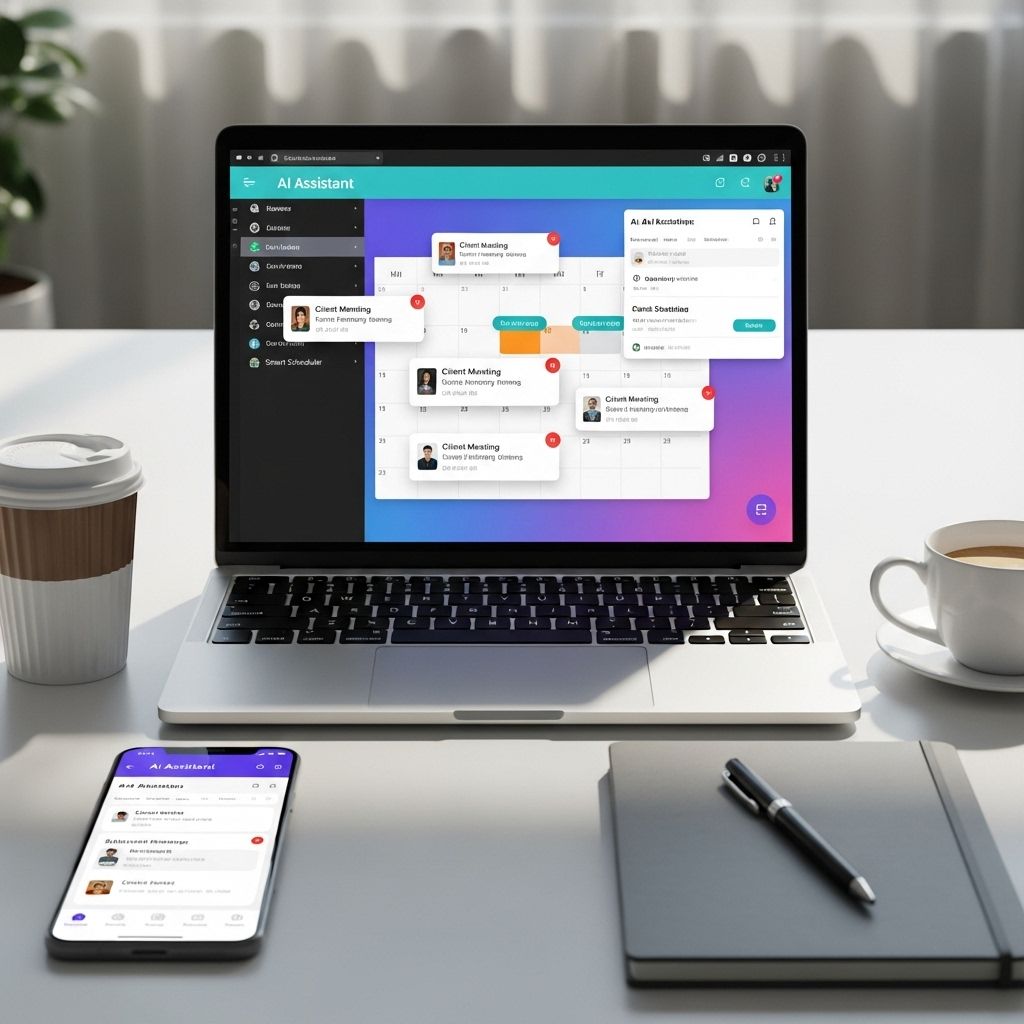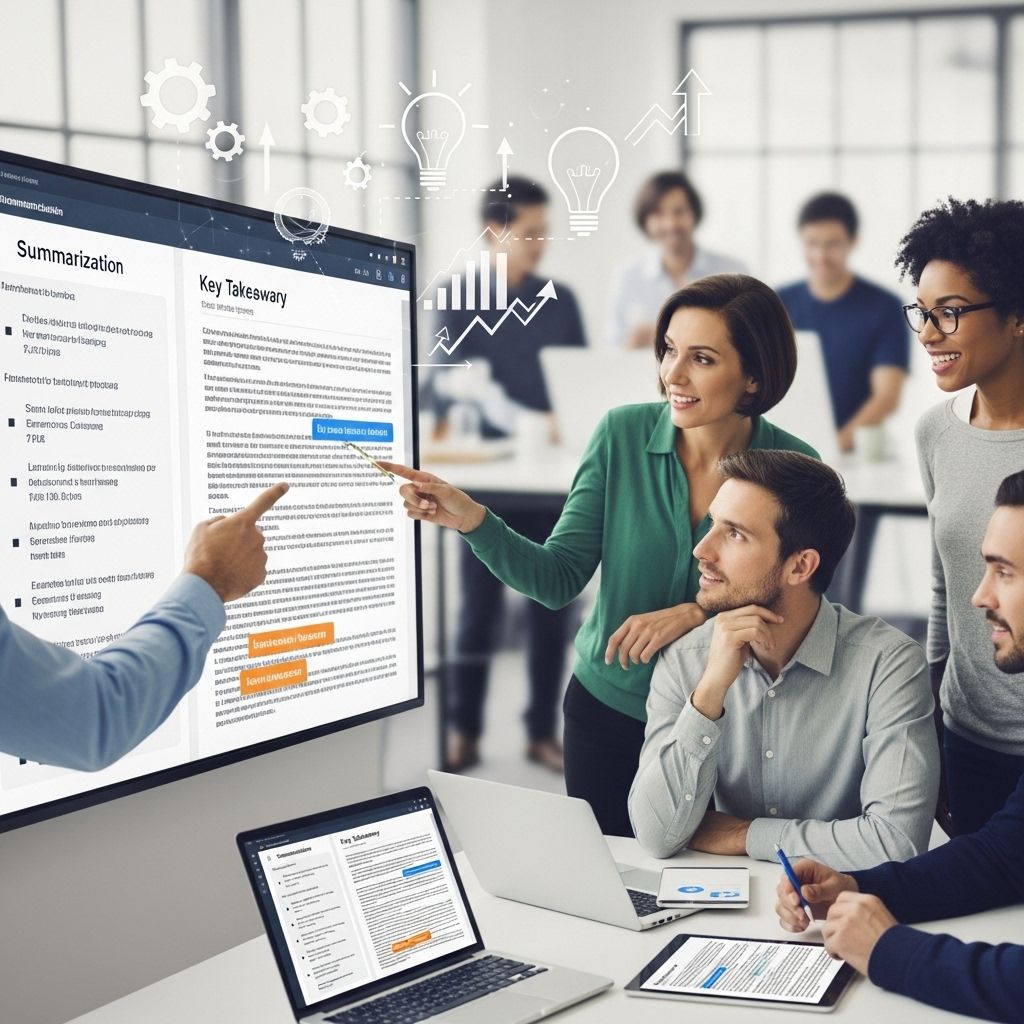Maximize Productivity with AI Team Analytics
Discover how AI team analytics can boost productivity, enhance collaboration, and streamline workflows for your organization.

In today’s fast-paced digital landscape, maximizing productivity is an essential goal for any organization. With the rise of artificial intelligence (AI) technologies, teams can leverage advanced analytics to gain insights into their performance and optimize workflows. This article delves into how AI team analytics can enhance productivity, improve decision-making, and foster a culture of continuous improvement.
Table of Contents
Understanding AI Team Analytics
AI team analytics involves utilizing machine learning algorithms and data analysis techniques to interpret vast amounts of team performance data. This data can include metrics such as productivity rates, communication patterns, project timelines, and individual contributions. By analyzing these metrics, organizations can identify strengths and weaknesses, streamline processes, and enhance collaboration.
The Role of Data in AI Team Analytics
Data serves as the backbone of AI team analytics. High-quality data collection methods are crucial for accurate insights. Key data sources include:
- Project management tools (e.g., Jira, Asana)
- Communication platforms (e.g., Slack, Microsoft Teams)
- Time tracking applications (e.g., Toggl, Harvest)
Identifying Key Performance Indicators (KPIs)
Establishing clear KPIs is vital to effectively gauge productivity. Here are some critical KPIs to consider:
- Task Completion Rate: Measures the percentage of assigned tasks completed within a defined timeframe.
- Collaboration Frequency: Assesses how often team members interact and collaborate on projects.
- Time Spent on Tasks: Tracks how long team members spend on specific tasks.
- Quality of Work: Evaluates deliverables based on predefined quality criteria.
Utilizing AI Algorithms for Data Analysis
AI algorithms can be employed to process and analyze data efficiently. Some commonly used algorithms include:
| Algorithm Type | Description |
|---|---|
| Regression Analysis | Statistical method used to identify relationships between variables. |
| Clustering | Groups similar data points together to identify patterns. |
| Natural Language Processing (NLP) | Analyzes written communication to gauge sentiment and engagement levels. |
Implementing AI Analytics in Your Organization
To successfully integrate AI team analytics, organizations must follow a structured approach:
Step 1: Define Objectives
Clearly outline what you aim to achieve through AI analytics. Common objectives may include:
- Identifying bottlenecks in workflows
- Enhancing team collaboration
- Improving overall project delivery times
Step 2: Choose the Right Tools
Select analytics tools that align with your objectives and integrate seamlessly with existing systems. Popular tools include:
- Tableau
- Google Analytics
- Pandas (for Python users)
Step 3: Train Your Team
It is essential to provide training for team members to effectively use AI tools. This can include:
- Workshops on data interpretation
- Hands-on sessions with chosen analytics tools
- Webinars on the latest AI trends
Best Practices for Maximizing Productivity
Incorporating AI analytics into your workflow is not just about the data; it’s also about creating a conducive environment for productivity. Here are some best practices:
Foster a Culture of Transparency
Encourage open communication and sharing of performance data among team members. Transparency fosters trust and collaboration.
Encourage Continuous Feedback
Utilize AI tools to gather real-time feedback from team members. This allows for quick adjustments in workflows and enhances team morale.
Utilize Insights for Training and Development
Identify skill gaps using analytics and provide relevant training opportunities. Tailored professional development can lead to higher job satisfaction and productivity.
Conclusion
AI team analytics presents a powerful opportunity for organizations to maximize productivity. By understanding and implementing AI-driven data analysis, companies can gain valuable insights that drive improved performance, foster collaboration, and ultimately lead to success. The goal is to create a data-informed culture where teams can dynamically adapt and excel in their objectives.
FAQ
What are AI team analytics?
AI team analytics refers to the use of artificial intelligence tools and techniques to analyze team performance, collaboration, and productivity metrics, helping organizations make data-driven decisions.
How can AI team analytics improve productivity?
AI team analytics can improve productivity by identifying bottlenecks, optimizing workflows, and providing personalized insights to team members, enabling them to work more efficiently.
What are the key benefits of using AI in team management?
The key benefits include enhanced decision-making, real-time performance tracking, improved communication, and the ability to predict team dynamics and outcomes.
Can AI team analytics help with remote work?
Yes, AI team analytics can help remote teams by providing insights into collaboration patterns, ensuring accountability, and fostering a culture of transparency and engagement.
What tools are commonly used for AI team analytics?
Common tools include project management software with AI capabilities, communication platforms with analytics features, and dedicated AI analytics tools that focus on team performance metrics.
How do I implement AI team analytics in my organization?
To implement AI team analytics, start by identifying key performance indicators, choose the right tools that fit your needs, and provide training for your team on how to utilize these analytics effectively.






